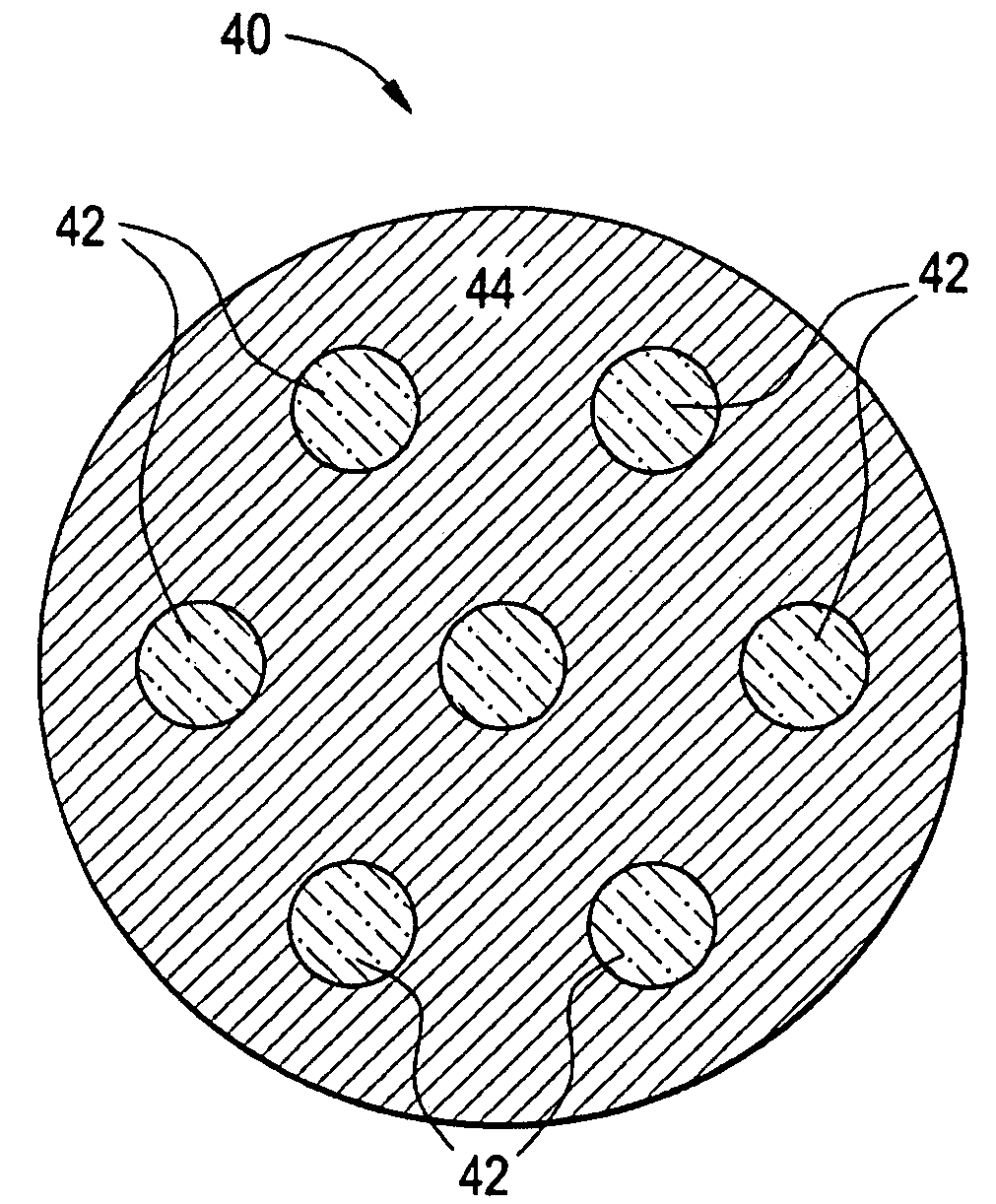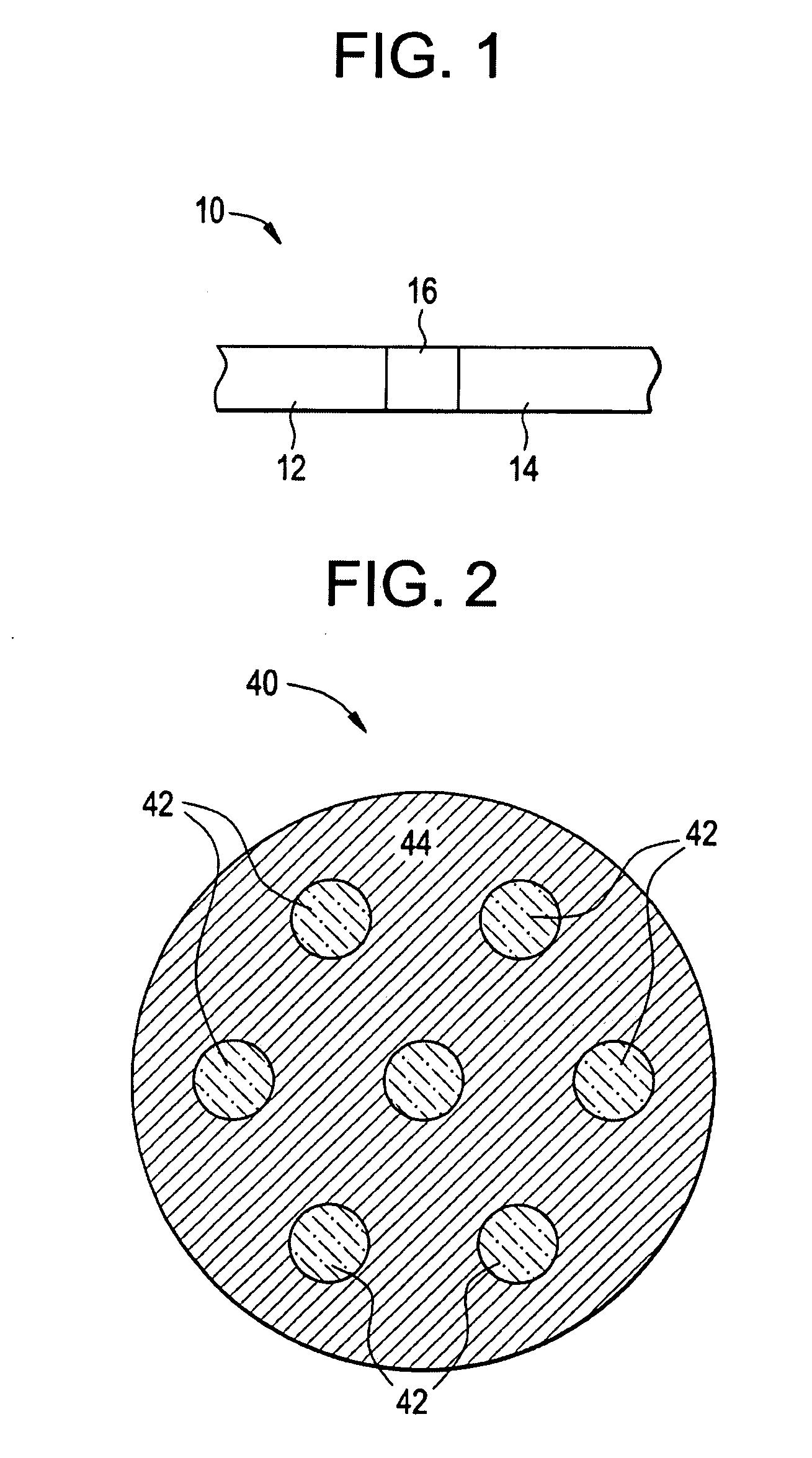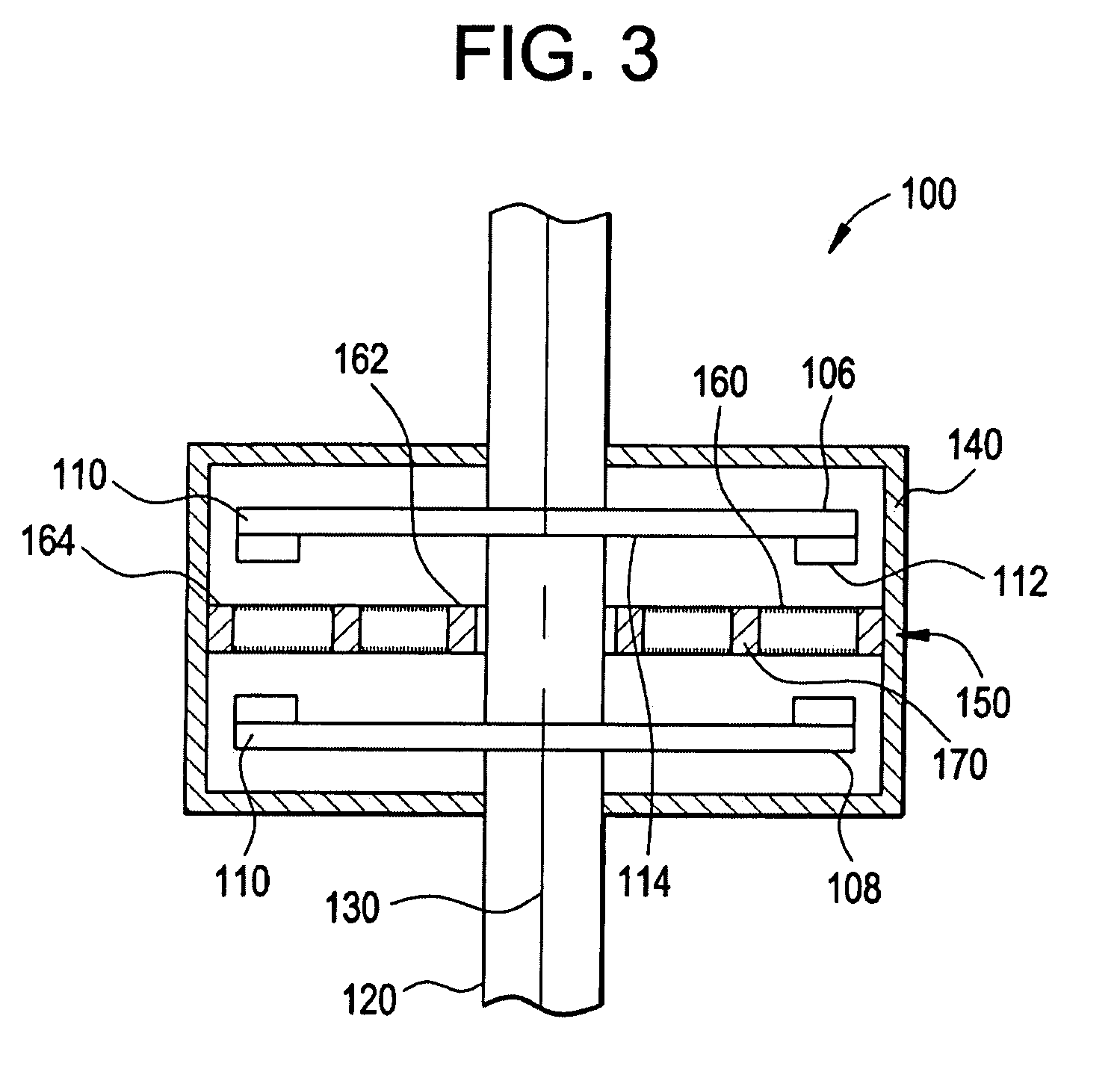Superconductive wire, processes of manufacture and uses thereof
a technology of superconductive wire and manufacturing processes, applied in the field of superconductive wire, can solve the problem of more tolerance of magnetic field
- Summary
- Abstract
- Description
- Claims
- Application Information
AI Technical Summary
Benefits of technology
Problems solved by technology
Method used
Image
Examples
Embodiment Construction
[0019]Disclosed herein are functionally graded superconductive wires for electrical components of power equipment such as motors and generators and other electrical machines. The superconductive wires comprise n wire segments joined by n−1 joints, wherein n is an integer greater than or equal to 2. Functional grading refers to adjacent wire segments having different properties with respect to at least one of magnetic field tolerance, temperature tolerance, ac loss, and strain tolerance. The functionally graded superconductive wire (herein “superconductive wire”) can enhance, for example, the magnetic field capability of an electrical component such as a superconductive field coil of a motor or generator, allowing it to operate at higher current and generate greater magnetic stress, and advantageously produce increased torque per rotation of a given circumference of the armature windings and air gap surface area compared to a superconductive field coil comprising a non-functionally g...
PUM
| Property | Measurement | Unit |
|---|---|---|
| temperatures | aaaaa | aaaaa |
| area | aaaaa | aaaaa |
| areas | aaaaa | aaaaa |
Abstract
Description
Claims
Application Information
 Login to View More
Login to View More - R&D
- Intellectual Property
- Life Sciences
- Materials
- Tech Scout
- Unparalleled Data Quality
- Higher Quality Content
- 60% Fewer Hallucinations
Browse by: Latest US Patents, China's latest patents, Technical Efficacy Thesaurus, Application Domain, Technology Topic, Popular Technical Reports.
© 2025 PatSnap. All rights reserved.Legal|Privacy policy|Modern Slavery Act Transparency Statement|Sitemap|About US| Contact US: help@patsnap.com



